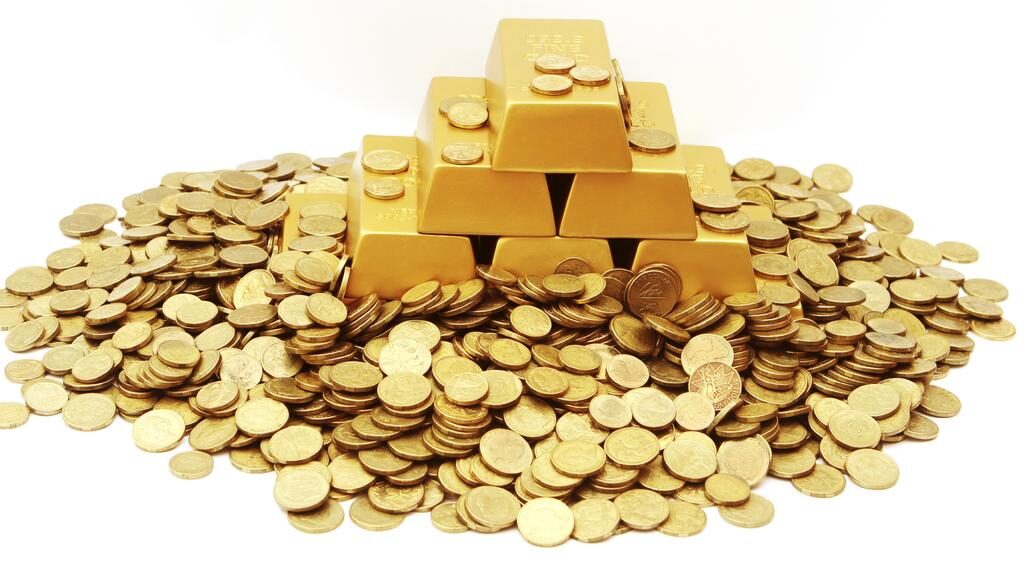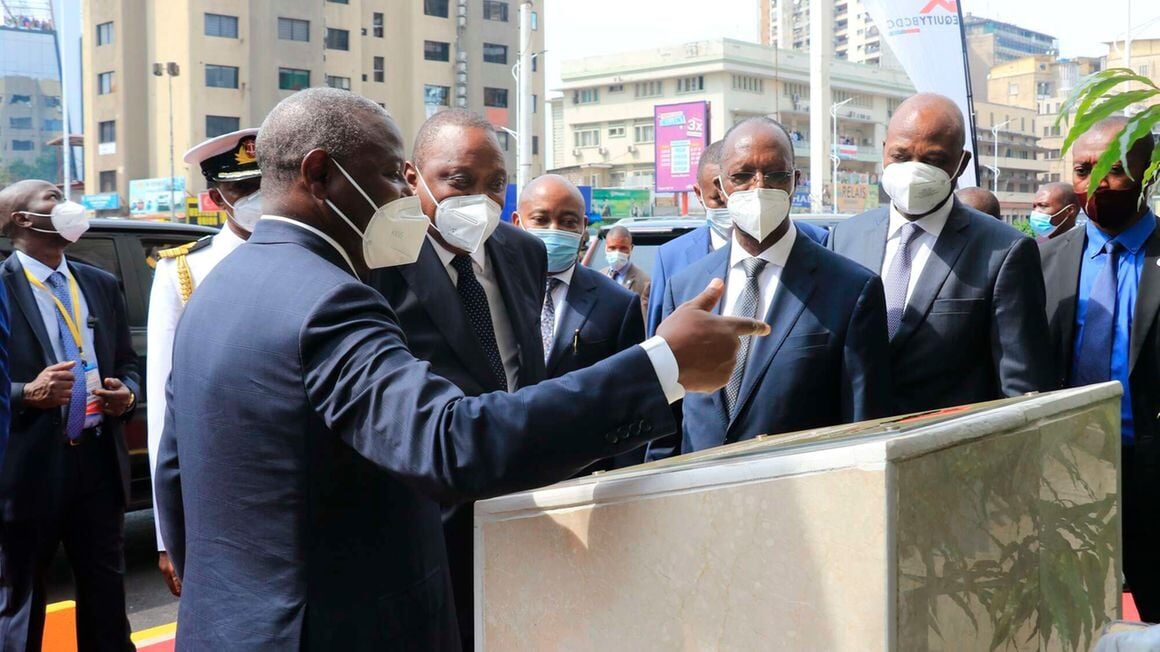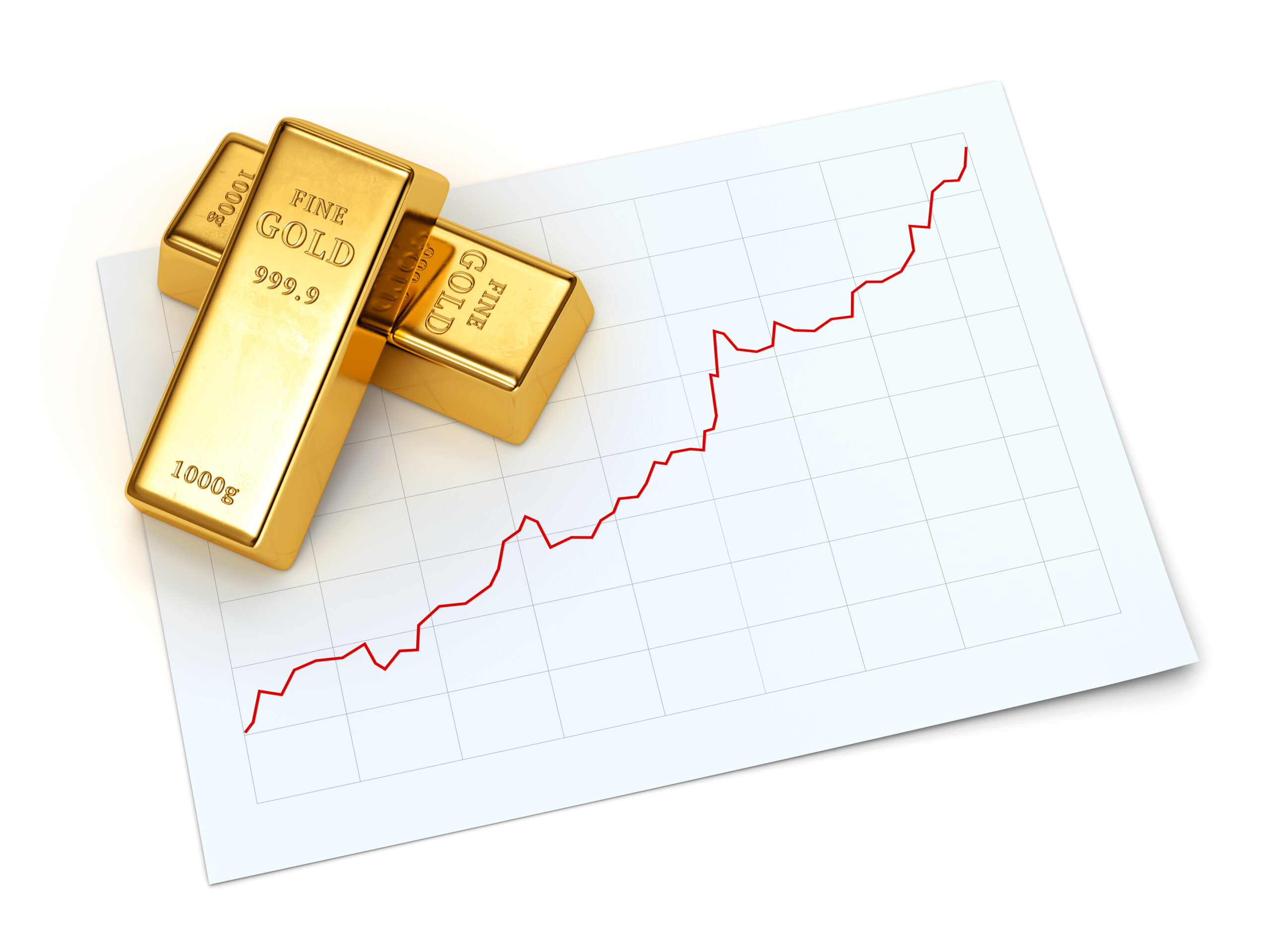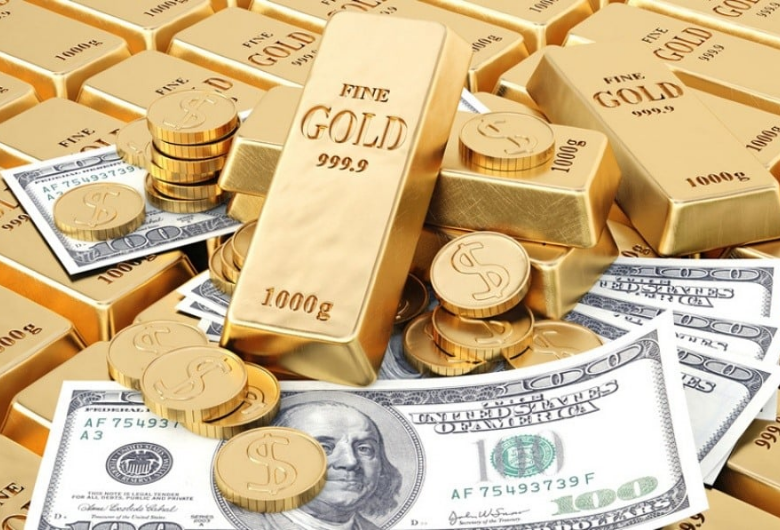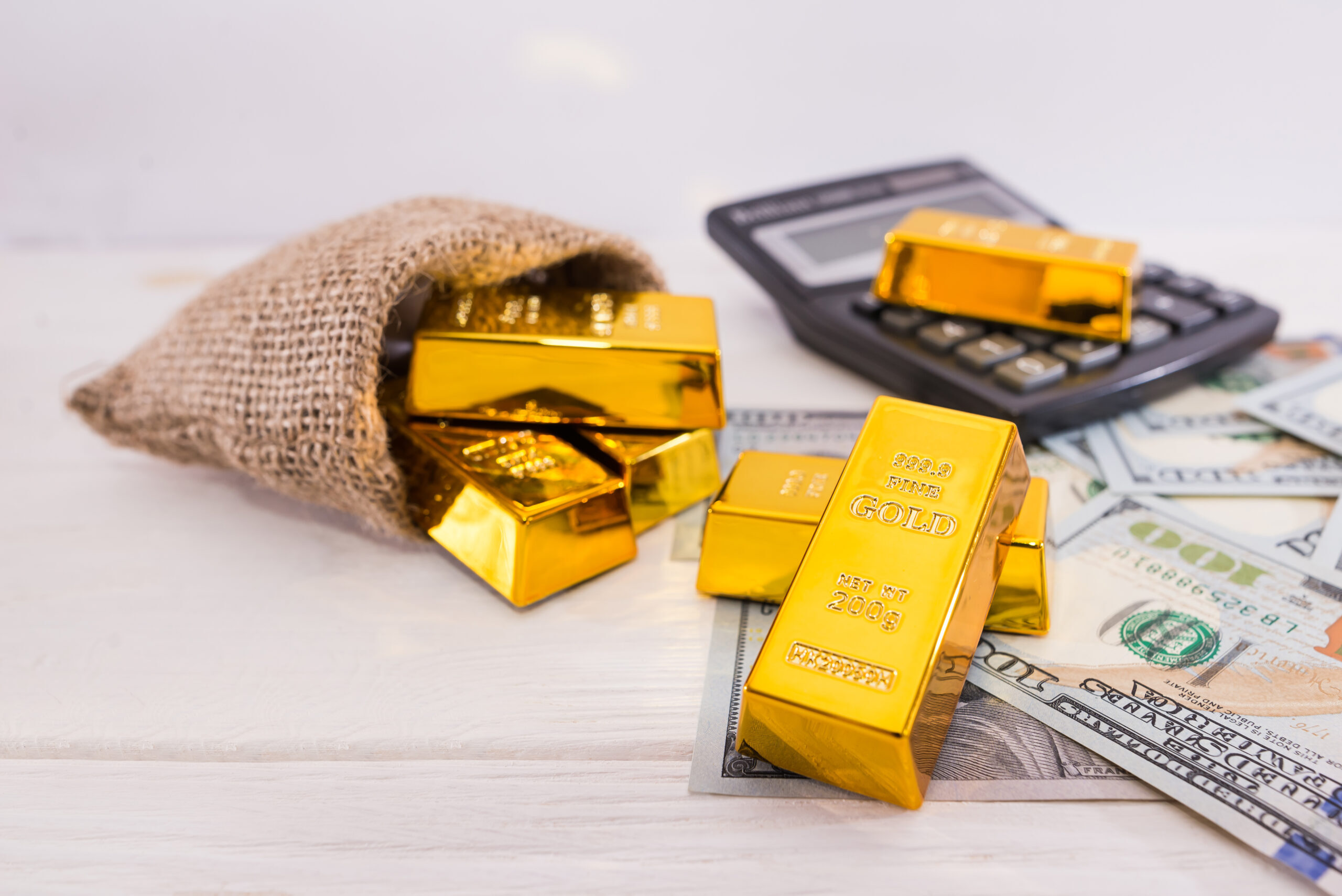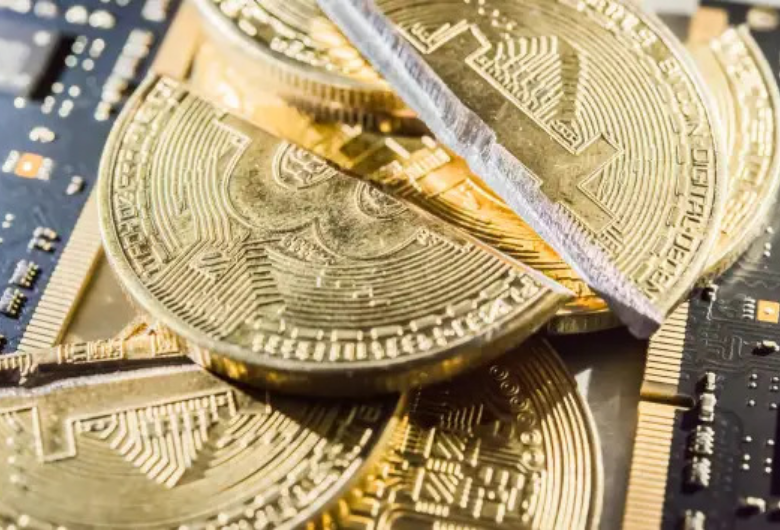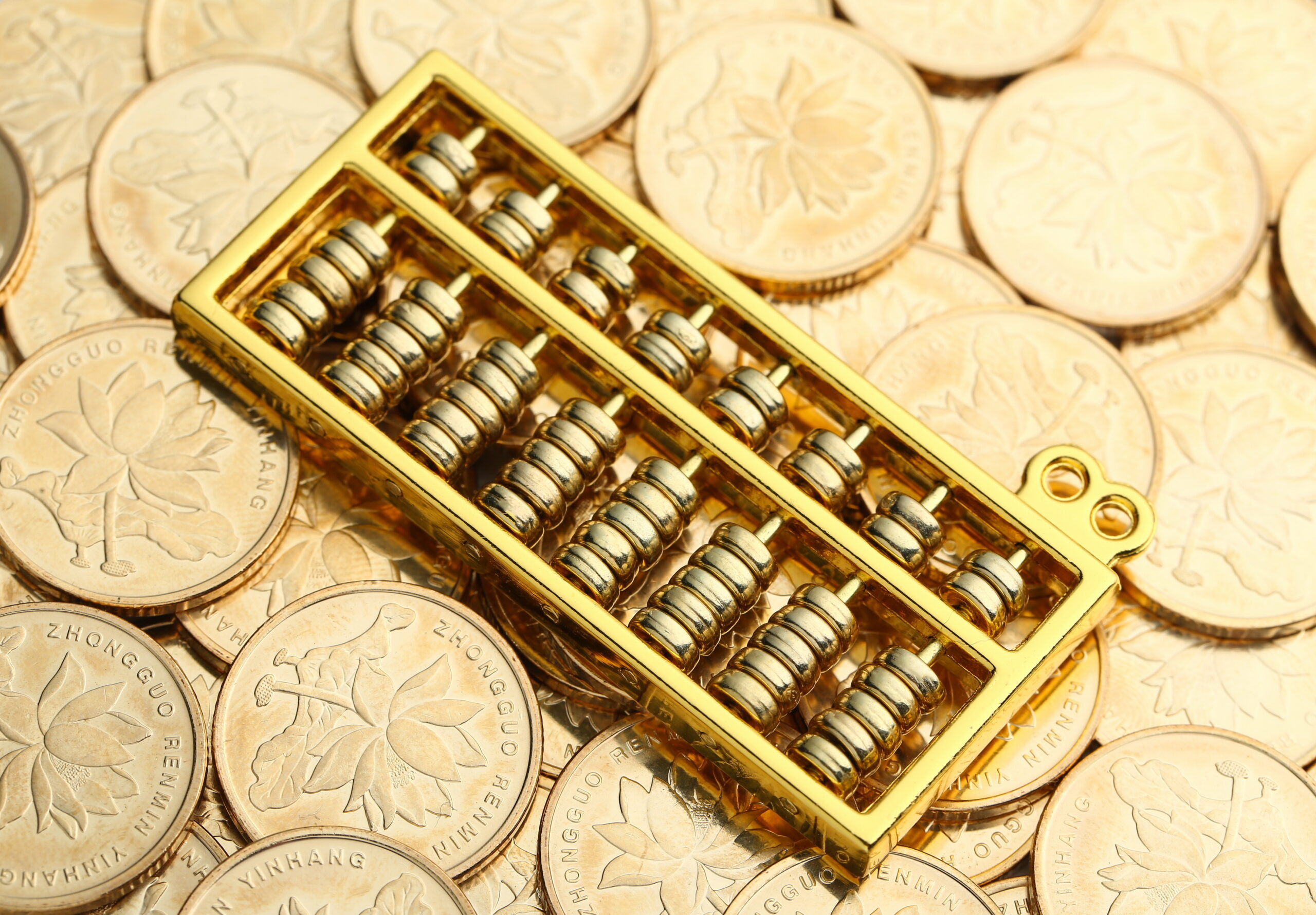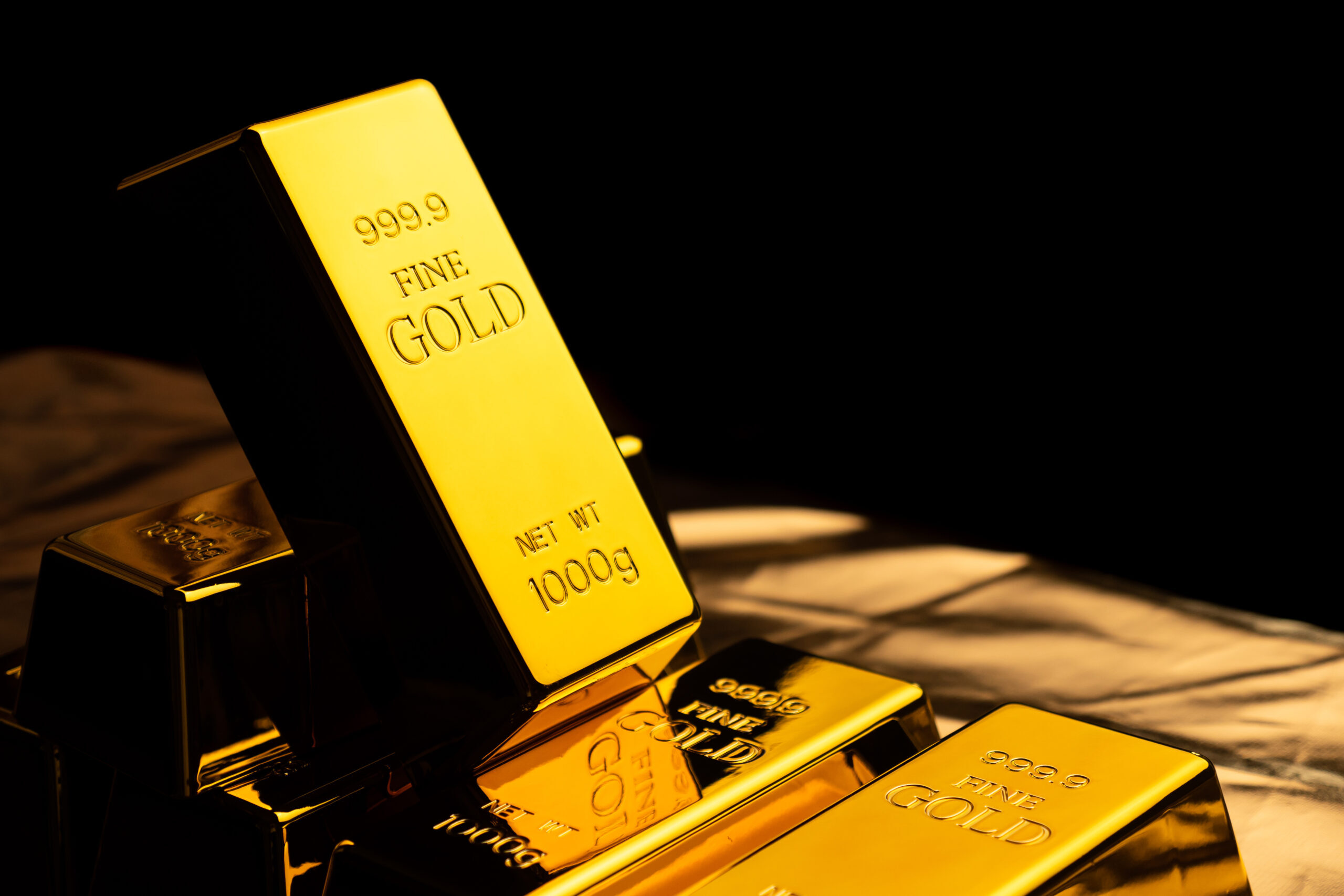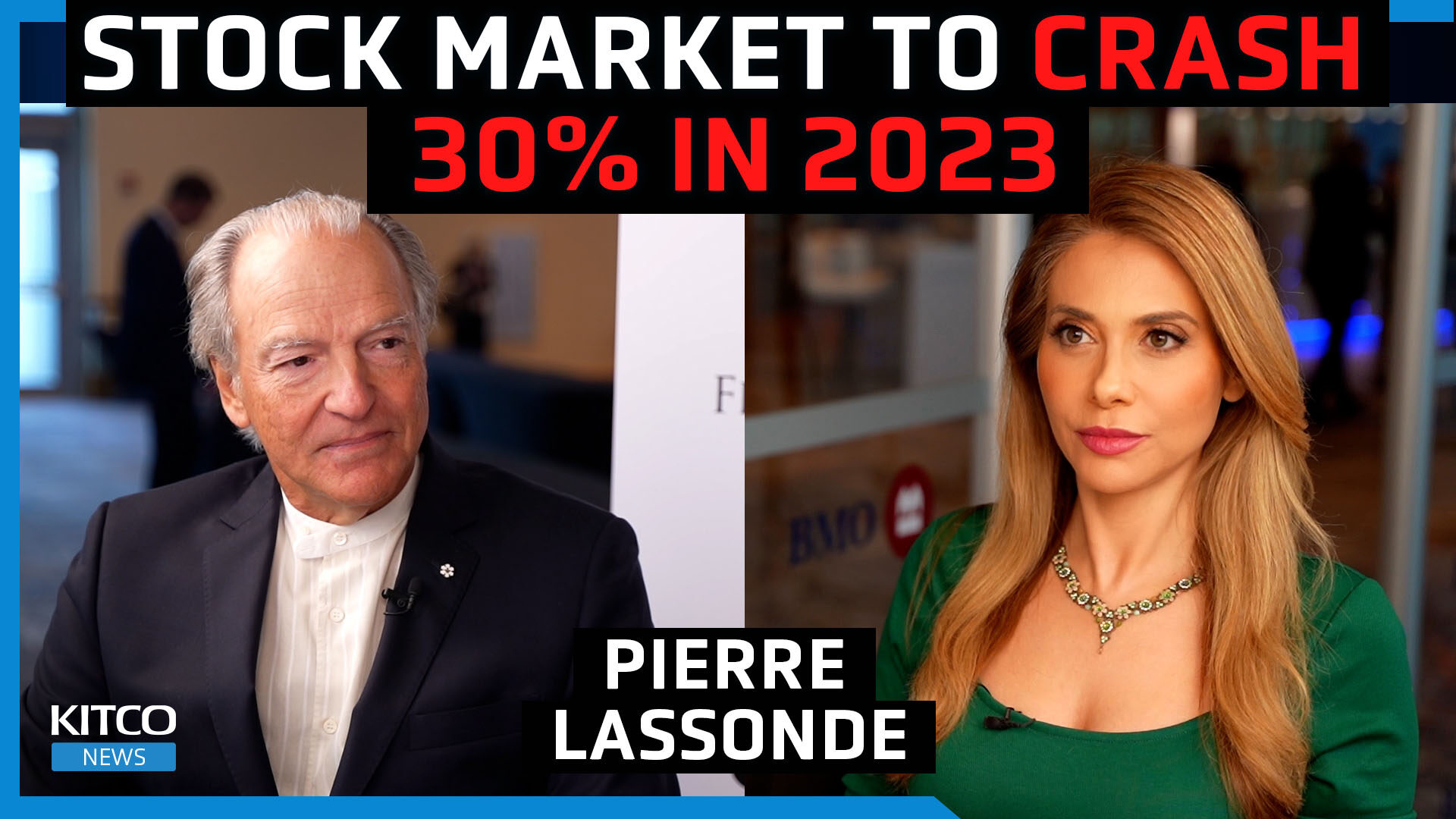Gold Digger: The last time the US deficit blew out this bad gold went on a 10-year, 700% bull run
US deficit blew out in the early 2000s, sparking a major bear market for the USD
This was a catalyst for a major increase in price of gold, from US$250 in 2001 to a high of ~$2,000 a decade later: Jesse Felder
Yesterday’s ASX News Highlights: Ramelius Resources, Breaker Resources

